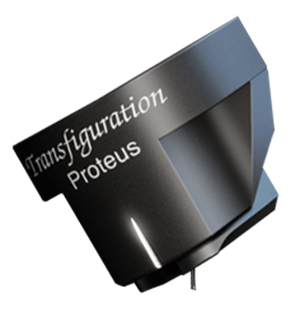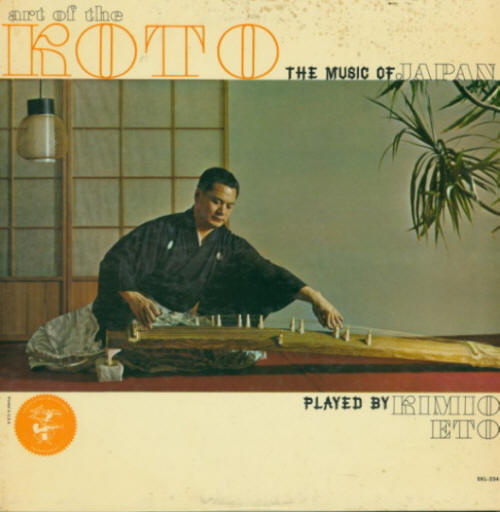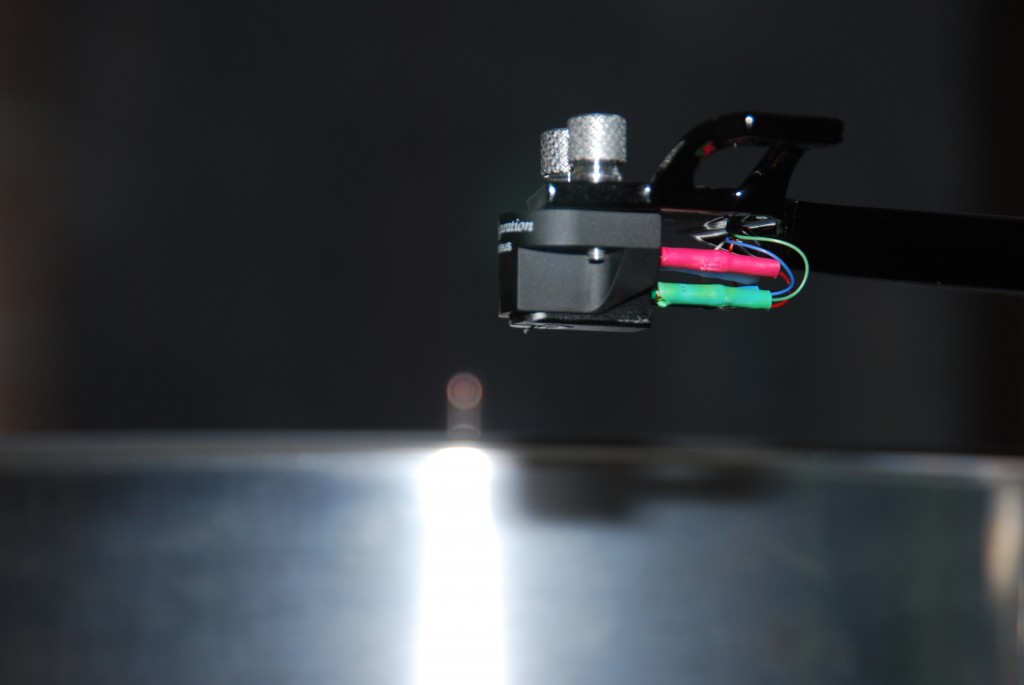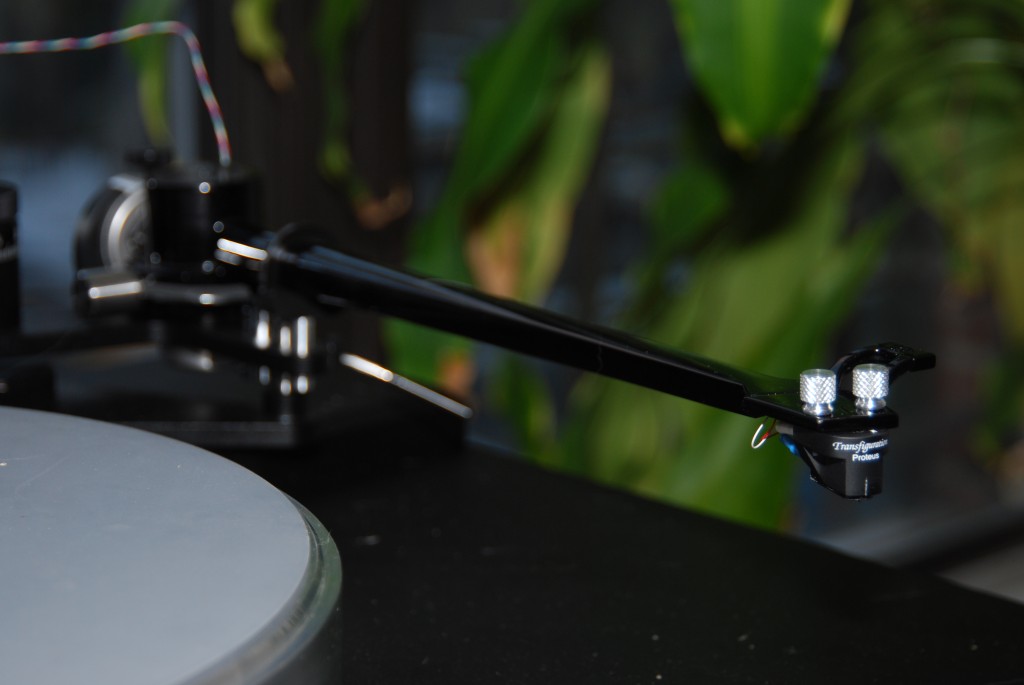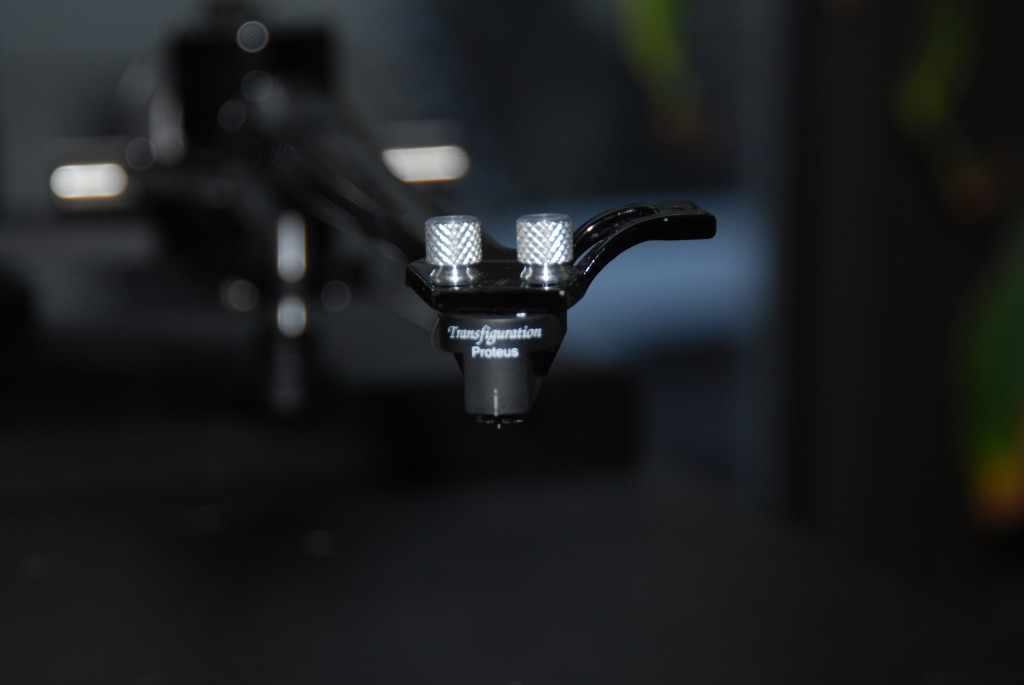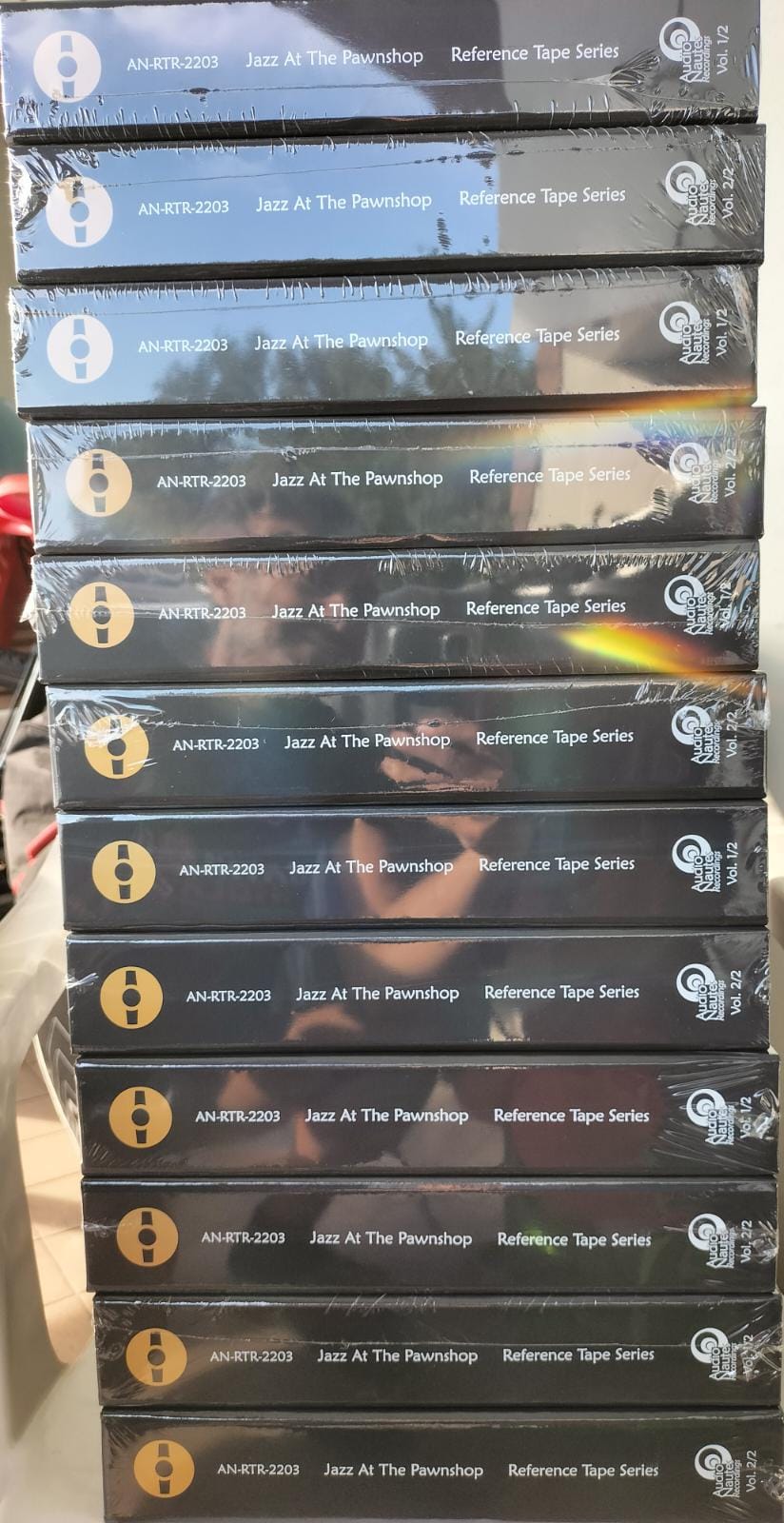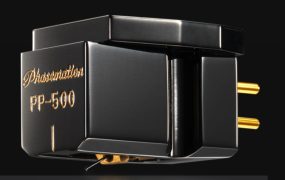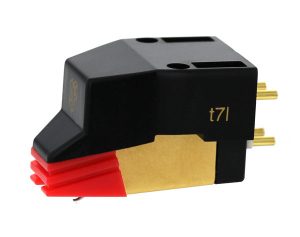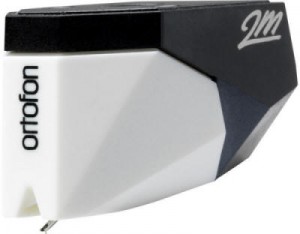Transfiguration's new top-of-the-line Proteus cartridge is unquestionably one of today's finest moving coil transducers. The Proteus truly excels when mounted in VPI's 3D tonearm at revealing musical nuances, unraveling textures and capturing the sense of recording space. At the same time, the Proteus is never amusical or exaggerated sounding and displays excellent linearity from the top to the bottom of the musical spectrum. Overall, the cartridge's character leans ever-so-slightly to the cerebral rather than emotional side of the musical equation. No ifs ands or buts, the Proteus is an absolute steal for the money and gives cartridges costing double the price a serious run for their money.
Admittedly, it's a little surprising, perhaps even shocking to some PF readers, that I've never had an opportunity in my almost 30 years in the industry to audition a Transfiguration cartridge in my system. That said, I'm not totally unfamiliar with the cartridge line having heard the older Orpheus cartridge at several CES Shows as well as the Proteus at the NY Audio Show two years ago. In fact, it was after hearing the Proteus mounted in Geoffrey Owen's Helius arm atop Peter Clark's Red Point turntable—and its preciseness and resolution—that initially prompted my requesting a review sample of this cartridge.
Shaping Up
When all is said and done, the Proteus sets performance benchmarks in three significant areas. To begin with, there's the cartridge's transient attack, speed, preciseness and lack of smearing. The Proteus has for instance a superb ability to articulate and capture the sense of silence between notes without any smearing on stand-up bass or plucked strings.
That early '60s Larry Klein Stereo Review reference disc Art of the Koto (Elektra EKS-7234) perfectly illustrates the Proteus' incisiveness and quickness. Featuring the playing of Kimio Eto, considered by many as the foremost master of this 13-string instrument, the Proteus just nails the delicacy, plucking and energy of the Koto's strings. Take for example the very first track "Cherry Blossoms" from this little hidden gem of album. The Proteus captures the essence, the ebb and flow of the music, the harmonic envelope surrounding the instrument as well as the subtlest details of Eto's playing. The Proteus also possesses an excellent sense of transparency allowing the listener to easily visualize in the "mind's eye" the instrument on the stage. Where the Proteus falls just ever so slightly short of ultimate on this album lies in the cartridge's ability to recreate the last vestiges of the Koto's structure and palpability.
Next, this cartridge has a real knack to capture the minutest, subtlest, teensy weensy details from recordings without resorting to any voodoo or artificial exaggeration. One of the best examples of the Proteus' low level resolution is the decay of Eric Clapton's guitar on Slowhand (Mobile Fidelity 1-030). That reverb/fade at the end of "Wonderful Tonight" just seems to go on for eternity.
The Proteus' delicacy and resolution is also out in full force/display on Masura Imada's Now (TBM-2). Everything from the minutest, subtlest plucking of the bass to the sense of the strings vibrating, resonating and snapping to feeling the weight and density of the strings are uncannily captured. Small bells, chimes and other percussion instruments hang in the air resonating and appearing to decay without end. Tonally, the Proteus doesn't push the soprano sax into nasal land as lesser cartridges or systems can do on occasion. Nor is the Proteus a slouch when it comes to soundstaging though the cartridge might give up just a tiny bit of soundstage depth compared to the best of breed.
Nor does the complexity, size of scale and contrasts of large scale classical music such as the "Second Movement" from Paul Fetlers' Contrasts for Orchestra (Mercury SR90282) particularly faze the Proteus. The cartridge not only captures each instrument's individuality especially when it comes to string definition but maintains the timbres during dynamic swings and passages. Check out for example the decay and completeness of the bells at the opening of the last movement. On top of that, the cartridge demonstrates how Robert Fine's brilliant three microphone technique captured the sense of Northrup Memorial Auditorium on this and all of his Mercury Living Presence recordings.
Lastly, the cartridge's vanishingly low noise floor nee quietness and transparency allows for among other things, a far greater appreciation of vocals. Now the one and possibly the most significant, albeit underappreciated breakthrough in high-end audio over the last decade, has been the reduction of the noise floor of electronics, speakers, cables, cartridges, etc. Each and every time there's a drop in the system's noise floor, there's a corresponding increase in information, clarity, transparency, inner detail and definition of notes. No longer is there like in the '90s a need to exaggerate some frequencies (particularly in the upper midrange area) in order to produce artificial detail and information. As a result musicality—the ability to listen to the system without fatigue—also correspondingly increases. No longer is the initial reaction to a new component, "boy listen to that detail" followed a half hour later the realization, "boy do I have a splitting headache." In the case of the Proteus, this transparency also results in a greater sense of air and space surrounding and in between instruments whether they're in a studio setting or orchestral hall.
And when it comes to vocals, there are few recordings finer than Elvis '57 (Analogue Productions APP 057-45) when it comes to illustrating the Proteus' wonderful transparency and clarity. It's just the little things, much like the Clearaudio Goldfinger, that Proteus does that really brings the album to life. The Proteus simply digs more information out of those grooves on "Peace in the Valley (side 4 rendition)" than many of its brethren. The Proteus possesses that unique ability similar to again the Goldfinger, to actually see into and perceive the smallest inflections in Elvis' voice, rather than feeling his voice is just slightly smoothed out. The experience is not unlike the difference between an impressionistic painting and real life where the Proteus just fills in more and more dots in the musical picture. Listen to low level intro of the Jordanaires and the distinctiveness, separation and clarity of their voices as they sing "bah-bah-bah" while accompanying Elvis. Again as with the Art of the Koto, the Proteus could use just a smidge more in the midrange density department compared to something say like the Lyra Atlas or Koetsu Azule Platinum.
Or take the excellent sounding Speaker's Corner reissue of Lou Reed's all-time classic rock 'n' roll album Transformer (Speaker's Corner LSP-4807). Reed is easily visualized and really stands there front and center between the speakers in all his glory on "Walk on the Wild Side." The Proteus does an amazing job of capturing the Thunderthigh's voices moving from the furthest reaches at the back of the soundstage to either side of the stage and enveloping and defining the outer walls of the stage. The bass line is very well defined and the Proteus throws a very, very wide, wall-to-wall soundstage with maybe just a touch less depth than the best cartridges out there today.
Getting A Hold of the Situation
The principal area where the Proteus falls somewhat short of ultimate—and keeps it out of the class of a Lyra Atlas or Koetsu Azule Platinum—lies in the cartridge's ability to reproduce an unfettered sense of musical dynamics. Not that the cartridge is dynamically compressed or lacking–and if you don't feel musically engaged—it's in many cases an indication to lower the back of the cartridge. At the same time, the Proteus just doesn't have the same "jump" factor, that ability like a Lamborghini Aventador to go from 0 to 60 mph in 2.9 seconds or in audio terms a cartridge like the ZYX Universe 2 or even the soon to be reviewed Charisma MC-2 cartridges. On the other hand, the Doshi phono stage is one of the most dynamic phono sections on the market (and the new 3.0 version even more so) and this dynamic constriction might not be as noticeable on other phono sections.
In addition, the Proteus proved somewhat more sensitive to the choice of phono cable than other cartridges. As previously noted in the Audience Au24SE phono cable review, the Proteus' dynamics were much better listening with the Audience Au24SE phono cable.
Perhaps the album that best illustrates this point is the Super Analogue Disc release Super Percussion (SSY 19). The Proteus just doesn't have like the admittedly more expensive Lyra Atlas the ability to convey on Carlos Chavez's "Toccata for Percussion and others" the drum's punch or sense of ease in the lower frequency regions nor the feeling of image density or palpability. On the plus side, the Proteus' transparency, resolution, airiness and reproduction of the upper octaves is impressive. Oh yes. Transparency is one quality that has markedly improved in the system over the many years of owning this LP (yes have a couple of backups just in case!) allowing for greater visualization of the each of the drums and percussion instruments placed in the back of the soundstage.
Telling the Truth
Awarding the Transfiguration Proteus a prestigious PFO 2014 Product of the Year award last year was a no brainer. The cartridge delivers much of what the best transducers do at a fraction of the cost. The Proteus is quick, clean and resolving and really does justice the both the musicians and recording engineers intent. The cartridge does demand the best in arms and especially low noise phono sections because of its miniscule output but once those demands are met, one is more than amply rewarded. Highest recommendation!
Technical Highlights
One shouldn't—not unlike turntable drive systems—get overly hung up on the cartridge's generator mechanism. There are simply far too many variables and tradeoffs involved (not to mention all audio components) to fixate on any single aspect of the transducer's design. For in the end, it's the results that matter the most.
In the case of the new Proteus, Transfiguration designer Seiji Yoshioka chose a yokeless, double ring-magnet construction initially used in the earlier Spirit cartridge line. With that came according to Bob Clarke, importer of the Transfiguration line, "better dynamics and drive." This method of placing the coils within rather than below the magnet structure allows for according to Transfiguration, "the elimination of minute variances in output and phase in the cartridge's coils, that can affect timbral balance and temporal integrity of low level hall and reverb details." In short, "there's better timing and focus."
Why don't more cartridges use a single ring magnet design? It turns out that ring magnets aren't because of the tolerances demanded in construction the easiest generators to build. Indeed, it was Seiji's former cartridge builder's health issues that forced him to abandon the single ring magnet design and instead adopt a double ring, neodymium magnet design. Placing both coils on the cantilever fulcrum according to Transfiguration, "reduces and minimizes dynamic mass and mechanical impedance helping the cartridge in essence helping the stylus handle the grooves better and retrieve everything from the smallest to the largest transients without overshoot."
Another unusual feature of the Transfiguration's generator mechanism is the choice of 5 N silver rather than copper wire to wind the generator coils. As the distributor recalls, "Bob Graham was the first to source the wire used for the Temper Supreme some 15 years ago." Bob added, "while the Orpheus used copper, he [Bob Clarke] helped Seiji locate silver wire and then they compared head-to-head the sound of two cartridges wound with either copper or silver. There was no contest." Both Bob and Seiji felt among other things that the silver wired Proteus prototype, "was more relaxed sounding."
Then there's the Proteus' extremely low internal impedance. Here Seiji was able to reduce the number of coils turns as a result of the higher induced magnetism of the neodymium magnets. As a result, the cartridge's internal impedance is dropped to 1 ohm, helping with "solidity and transparency. Fewer internal windings, lower inertial drive are among the things affects tonality along with the phase shift that occurs with frequency that occurs with inductors."
Seiji also in the course of designing the Proteus developed a new damping compound to better control the stylus/coil alignment for the push-pull damping design. Among the material's benefits are improved tracking and no change in performance with temperature change. According to Bob, "the 'mystery' material greatly contributes to the cartridge's magic and is vastly superior to what Transfiguration previously used. Seiji is very tight lipped about this new synthetic (?) material (as well as the Ultra grade 3S-µ metal square core coil former). The core material for the coil assembly increased sensitivity by 35 dB and improves S/N ratio.
Finally one more factor contributing to the cartridge's quietness is Seiji's choice of a PA (3 x 30µm) solid diamond stylus profile that sits deep in the groove. The cartridge's shape and material (Aluminum) was specifically chosen by Seiji in order to reduce resonances as well effectively isolate the internal elements of the cartridge from the arm, turntable and tracking noises.
When asked if there's anything he would suggest to current or potential owners about the setting up and getting the most out of the cartridge, importer Bob Clarke replied, "the Proteus is fairly arm and system independent since the cartridge is very low resonance." The most important thing Bob suggested in order to fully realize everything the Proteus is capable of, "is using a high gain, low noise phono stage because of the cartridge's low output." Bob also added in passing, "that the Proteus might work better with current rather than voltage based phono section."
Mounting the Proteus in the VPI 3D arm wand went smoothly especially using the Soundsmith EZ-mount cartridge screws. Yes, the cartridge's slightly shorter cantilever and body made alignment a smidge trickier but not annoyingly so. For this review, the Proteus was tracked at 2.0 grams and loaded at 100 ohms into Doshi phono section. Transfiguration recommends a break-in period of 40 hours though that might have been a little optimistic. The cartridge probably requires twice that number to be safe though the importer feels the cartridge, because of the core design, requires even more time. Suffice it to say, the Proteus saw plenty of playing time.
Transfiguration Proteus Moving Coil Cartridge
Retail: $6000
Distributed by Profundo
- Designer: Seiji Yoshioka.
- Output voltage: 0.2 mV.
- Dynamic compliance: 13 x 10-6 cm/dyne.
- Internal impedance: 1 ohm.
- Recommend tracking force: 2.0 grams.
- Recommended loading: >10 ohms.
- Optimum working temperature: 23oC.
- Weight: 7.8 grams.




